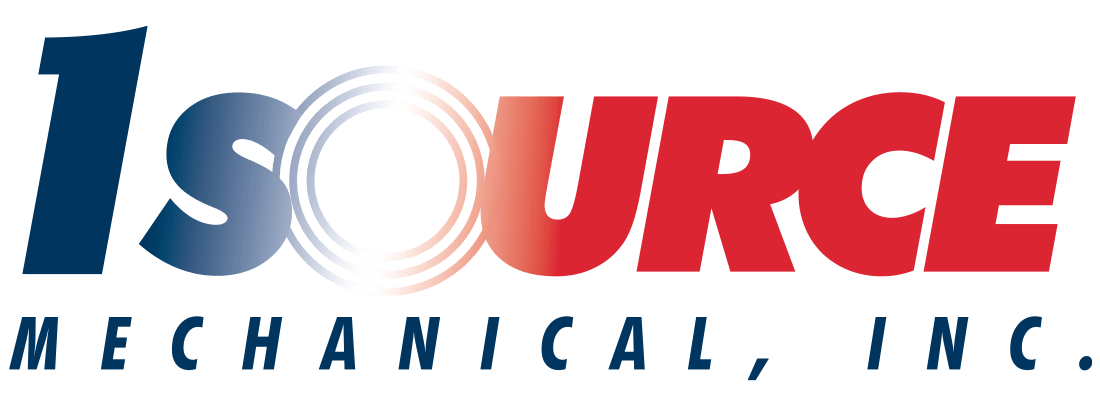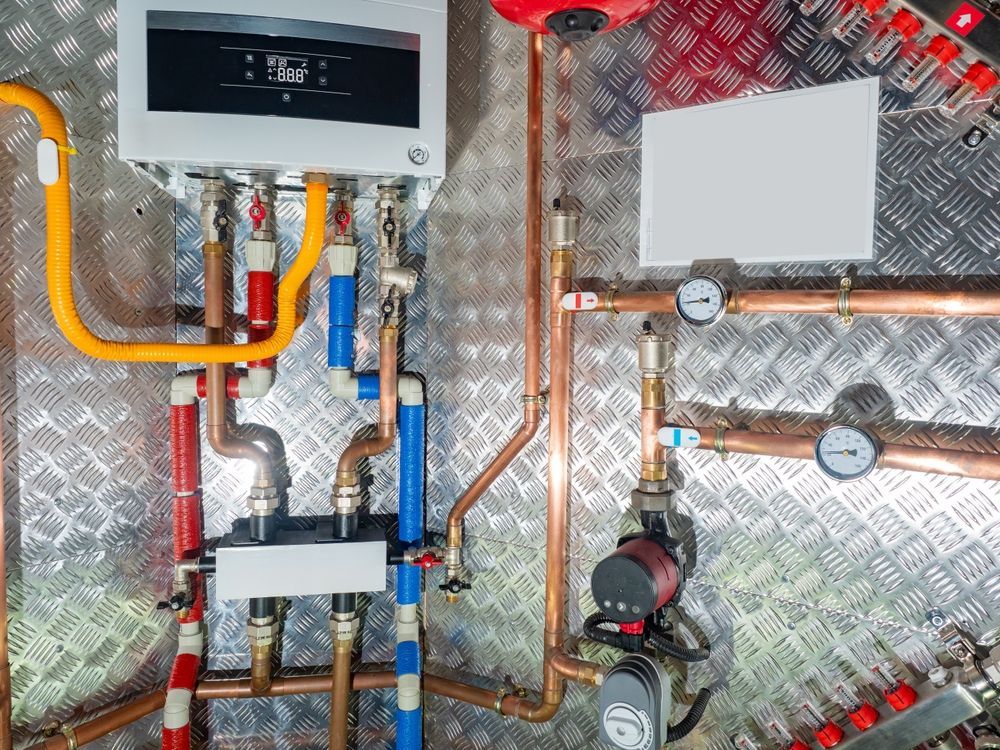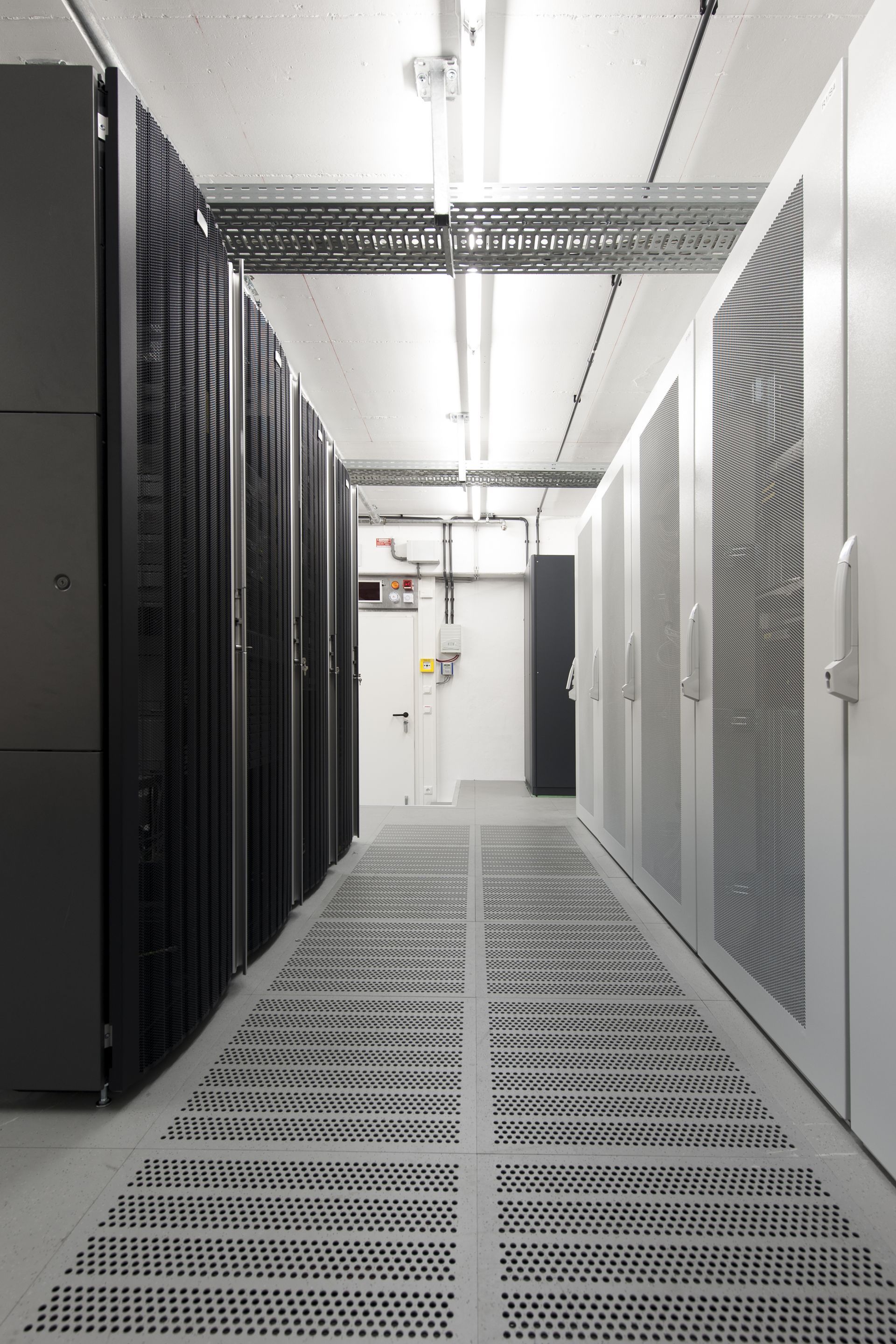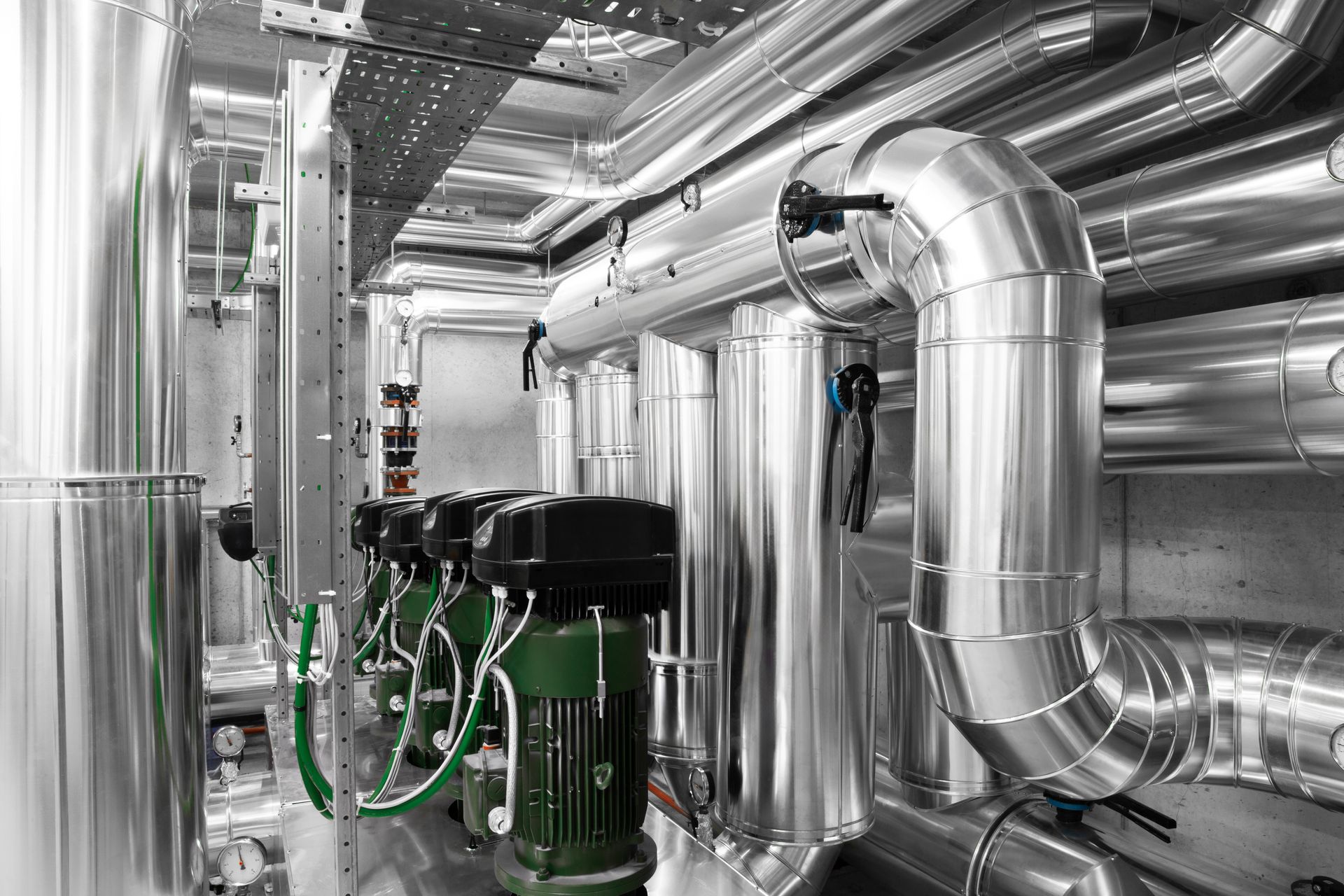HVAC Carbon Monoxide: Is Your Business at Risk?
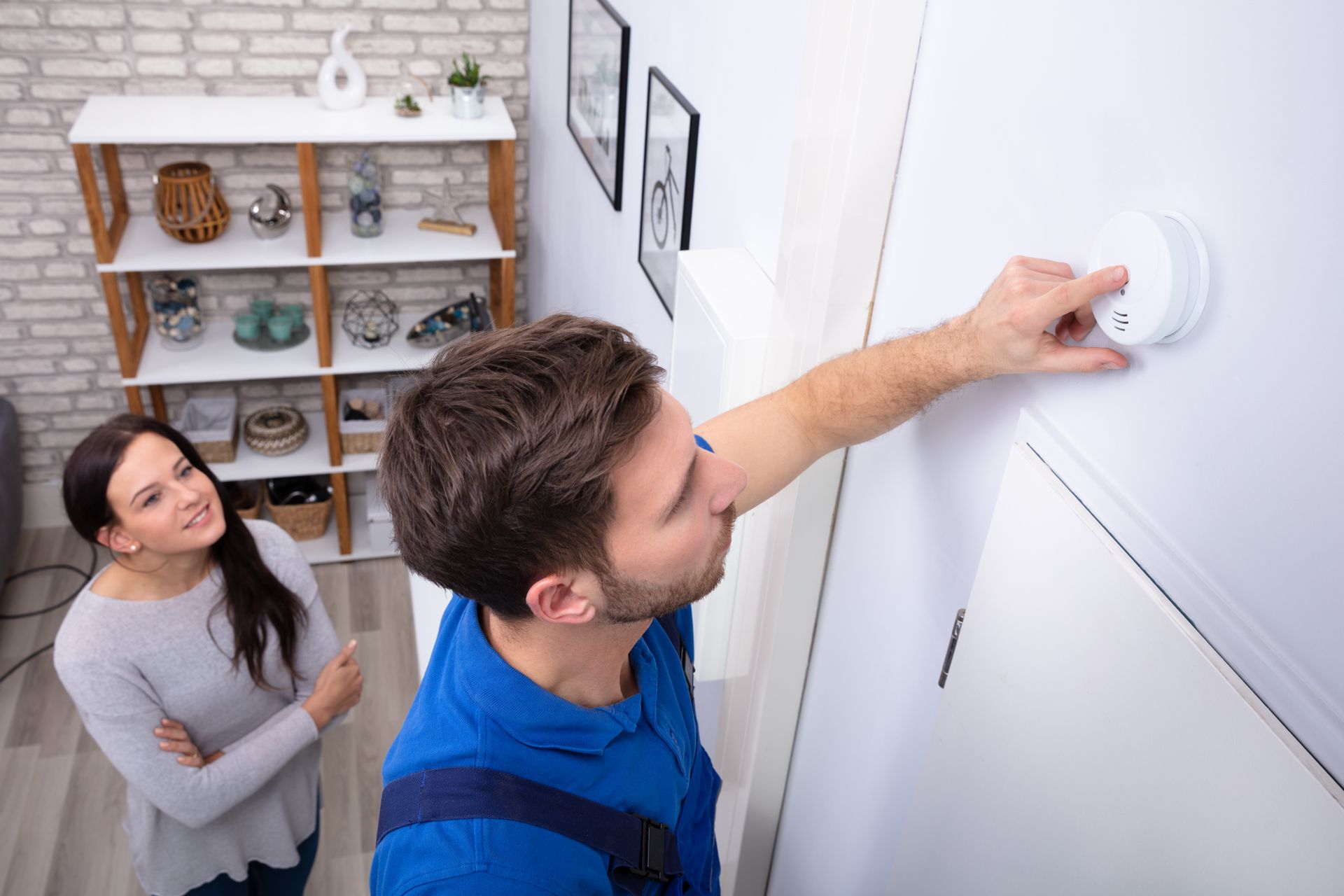
As a business owner, you want to ensure that your property, employees, and patrons are safe. But there's one risk that's easy to overlook — because it's (literally) invisible and odorless.
We're talking about carbon monoxide, also known as the "silent killer." This poisonous gas can't be seen or smelled, but it can cause great harm to human health. Any building with a fuel-burning HVAC system is at risk.
Is your commercial property protected from the dangers of HVAC carbon monoxide? Read on to learn how to keep your workspace safe from this deadly risk.
Signs and Symptoms of Carbon Monoxide Expose
There's a reason carbon monoxide is known as the silent killer: you can't smell, taste, hear, or see it. But carbon monoxide can leak and build up in any building that uses fuel for heating. That includes furnaces that run on oil, natural gas, kerosene, propane, wood, or charcoal.
When these materials burn, HVAC carbon monoxide enters the air. If people breathe in too much, they experience adverse health effects. Signs of carbon monoxide exposure include:
- Headaches
- Nausea
- Dizziness
- Weakness
- Vomiting
- Fatigue
- Rapid heartbeat
- Convulsions
- Chest pain
If you suspect carbon monoxide exposure, immediately evacuate all employees into the fresh air. You may also need to call emergency services, such as the fire department or poison control center. Next, call 1 Source Mechanical for an HVAC assessment.
Commercial HVAC Safety Tips to Prevent Carbon Monoxide Leaks
Fortunately, you can take steps to prevent carbon monoxide exposure. Make sure your furnaces, vents, and any other fuel-burning appliances receive regular inspections from an HVAC professional. The experienced team at 1 Source Mechanical will assess and analyze your HVAC system, and perform HVAC repairs or replacements.
Common culprits include blocked vents. Whether from dust and debris, bird nests, rodents, or simply years of build-up, vent blockages can trap carbon monoxide inside. Since the gas has no odor, you may not notice there's a problem until it's too late.
Another common issue? Leaks or failures in the heat exchanger. When it's working properly, the heat exchanger vents gasses created by fuel combustion, removing them from the building through ducts and vents. But when the heat exchanger malfunctions or cracks, the carbon monoxide leaks back in, filling the building over time.
Regular Inspection and Maintenance
HVAC carbon monoxide is an inevitable by-product of fuel consumption; in other words, there's no way to get around its existence. But the good news is that it doesn't have to cause harm.
The best way to avoid carbon monoxide problems lies in regular inspection and maintenance. HVAC professionals at 1 Source Mechanical regularly inspect your HVAC system, making sure that equipment, like your heat exchanger, is working efficiently.
HVAC professionals will also inspect your building's vents and ducts. Clear, clean ducts carry the carbon monoxide away. Secure, functioning vents then release the carbon monoxide to the outdoors, where it safely dissipates.
At least once every year, schedule an inspection of your furnace, vents, chimneys, fireplaces, and any other fuel-burning equipment. Working with a qualified commercial HVAC service is key. You can even set up a regular maintenance schedule with 1 Source Mechanical to stop HVAC carbon monoxide issues before they start and keep your business safe.
Install Carbon Monoxide Detectors Around Your Business
Carbon monoxide detectors add a layer of protection. Because carbon monoxide is a colorless, odorless gas, it's virtually impossible to know if there's been a leak.
Carbon monoxide detectors can alert you to high levels of the poisonous gas in the air. They provide an early warning, so people in the building can get out quickly. Place carbon monoxide detectors all around your building, on every floor.
Test detectors once a month to ensure they're working properly. Keep the alarms clean and free of dust, and replace batteries about every six months. Check your user manual for specifics, but know that you'll likely have to replace your alarms every five to seven years.
Follow Industry Standards and Regulations
According to the Environmental Protection Agency, all carbon monoxide detectors must conform to the Underwriters Laboratory standard 2034 or the International Approval Services standard 6-96. Check the manual of your carbon monoxide detection devices to ensure you're in compliance.
In addition, most states have specific legislation related to carbon monoxide control in commercial properties. Check the National Conference of State Legislatures website to find specific regulations for your region.
Your municipality may also have certain standards. Work with a professional HVAC service to ensure you're within regulations that may apply.
Educate Employees and Have a Plan
Along with carbon monoxide detectors, annual inspections, and a regular maintenance schedule, be sure to educate your employees about the dangers posed by carbon monoxide.
After all, if the carbon monoxide alarm goes off and no one knows what to do, it's not very helpful. Every business should develop a plan that clearly defines procedures to follow in the case of a carbon monoxide leak:
- Educate employees about how to recognize the sound of the alarm
- Instruct employees to evacuate the building
- Designate a safe gathering space
- Do a headcount
- Specify which emergency services to call (usually the fire department)
- Turn off the heating system
- Open windows to let in fresh air if possible
- Call a professional HVAC service
1 Source Mechanical HVAC Assessment and Configuration
As a business owner, your first priority is keeping your employees and patrons safe — and that includes HVAC carbon monoxide leaks and build-up. Using detectors, following safety standards, having a plan, and scheduling regular HVAC maintenance is key.
1 Source Mechanical is here to help. Our professional team will inspect, assess and repair your HVAC system, so you can prevent problems before they start. And if you need a new, safe HVAC, 1 Source Mechanical can help with that too! Contact us today to learn more about our commercial HVAC services in your area.
